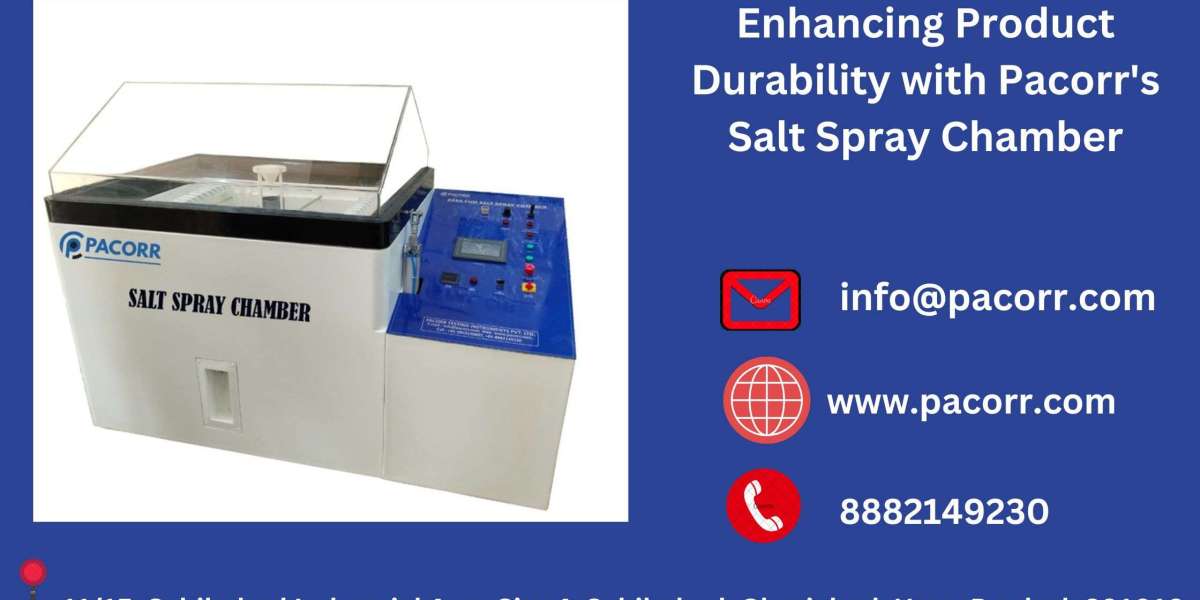In the bustling world of culinary arts, the importance of durable kitchenware cannot be overstated. Whether you're a professional chef or a home cook, investing in long-lasting kitchen tools can save you time, money, and frustration. But how do you choose products that stand the test of time? Let's delve into the secrets of selecting enduring kitchenware.
Material Matters: The Foundation of Durability
The first step in choosing durable kitchenware is understanding the materials. Stainless steel, cast iron, and high-quality ceramics are renowned for their longevity. Stainless steel, for instance, is resistant to rust and corrosion, making it ideal for pots, pans, and utensils. Cast iron, though heavier, offers unparalleled heat retention and even cooking, perfect for skillets and Dutch ovens. High-quality ceramics, often used in bakeware, provide excellent heat distribution and are generally non-reactive, ensuring your food's flavors remain unaltered.
Construction Quality: The Devil is in the Details
Even the best materials can fall short if the construction quality is lacking. Look for kitchenware with sturdy handles, seamless joints, and balanced weight distribution. For example, a well-constructed knife should have a full tang (the metal extends through the handle) for better balance and durability. Similarly, pots and pans with riveted handles are less likely to loosen over time compared to those with welded or screwed handles.
Maintenance: Prolonging the Life of Your Kitchenware
Proper maintenance is crucial for extending the lifespan of your kitchen tools. For instance, cast iron skillets require regular seasoning to maintain their non-stick surface and prevent rust. Stainless steel should be cleaned with non-abrasive sponges to avoid scratches. Ceramic bakeware, while generally dishwasher safe, benefits from hand washing to prevent chipping. Understanding and following the care instructions for each type of kitchenware can significantly enhance its durability.
Versatility: Multi-Functional Tools for the Win
Investing in versatile kitchenware can also contribute to its longevity. Multi-functional tools reduce the need for multiple items, which can clutter your kitchen and lead to wear and tear. For example, a high-quality chef's knife can handle a variety of tasks, from chopping vegetables to slicing meat, reducing the need for multiple specialized knives. Similarly, a Dutch oven can be used for baking, braising, and even frying, making it a valuable addition to any kitchen.
Ergonomics: Comfort and Usability
Durability isn't just about how long a product lasts; it's also about how well it performs over time. Ergonomically designed kitchenware can make cooking more enjoyable and less strenuous. Look for tools with comfortable grips, balanced weight, and user-friendly designs. For instance, a well-designed peeler should fit comfortably in your hand and require minimal effort to use, reducing the risk of hand fatigue and making the tool more likely to be used regularly.
Conclusion: The Secret to Long-Lasting Kitchenware
Choosing durable kitchenware involves a combination of selecting the right materials, ensuring high construction quality, maintaining your tools properly, opting for versatile items, and considering ergonomics. By paying attention to these factors, you can invest in kitchenware that not only lasts longer but also enhances your cooking experience. Remember, the secret to long-lasting kitchenware is not just in the purchase but in the care and thoughtful selection of each piece.
By following these guidelines, you can build a collection of kitchen tools that will serve you well for years to come, making every meal preparation a joy rather than a chore. Happy cooking!






